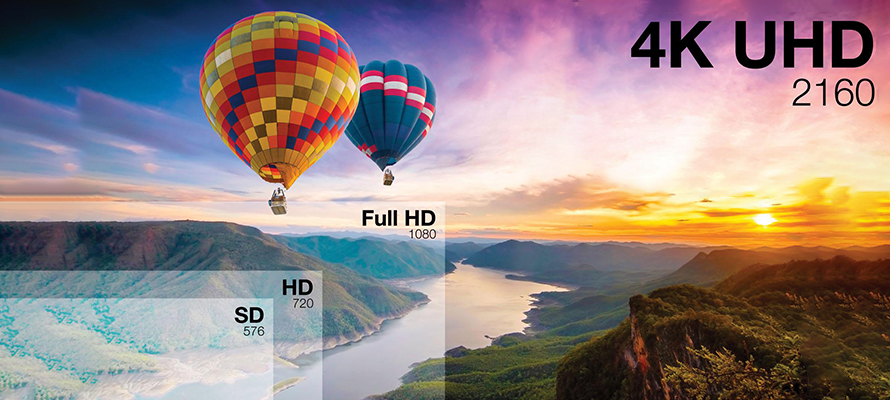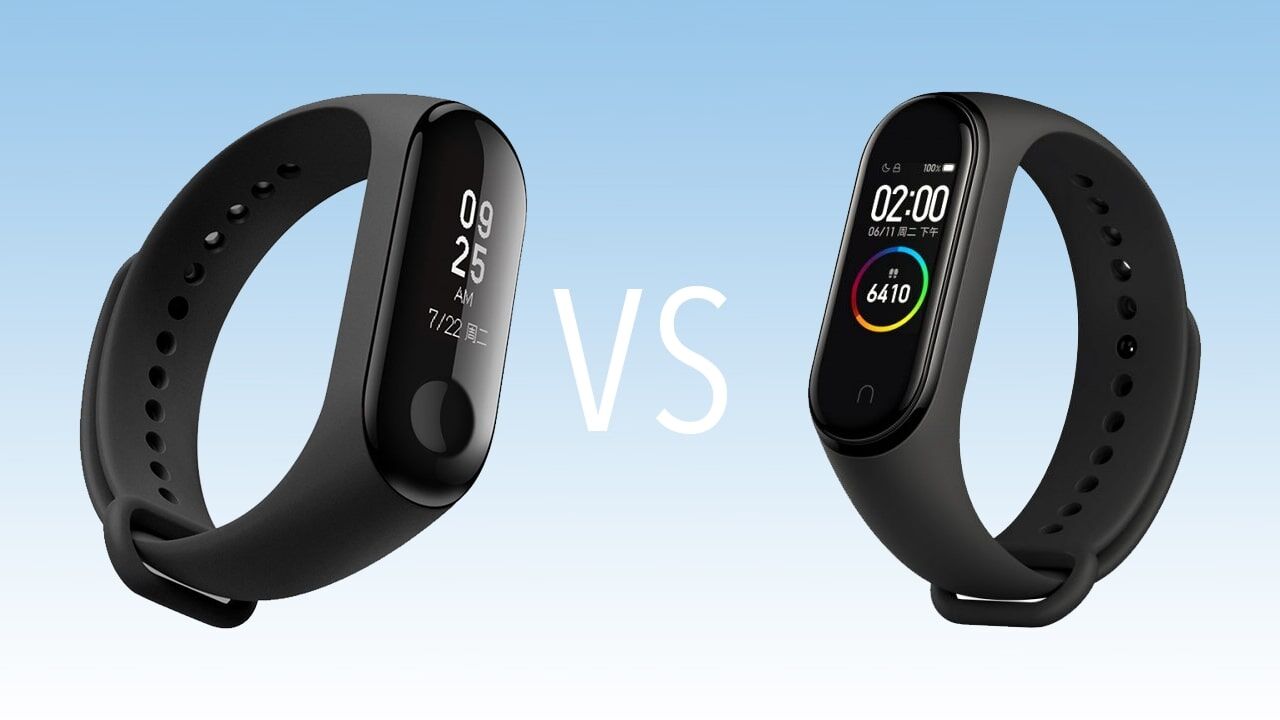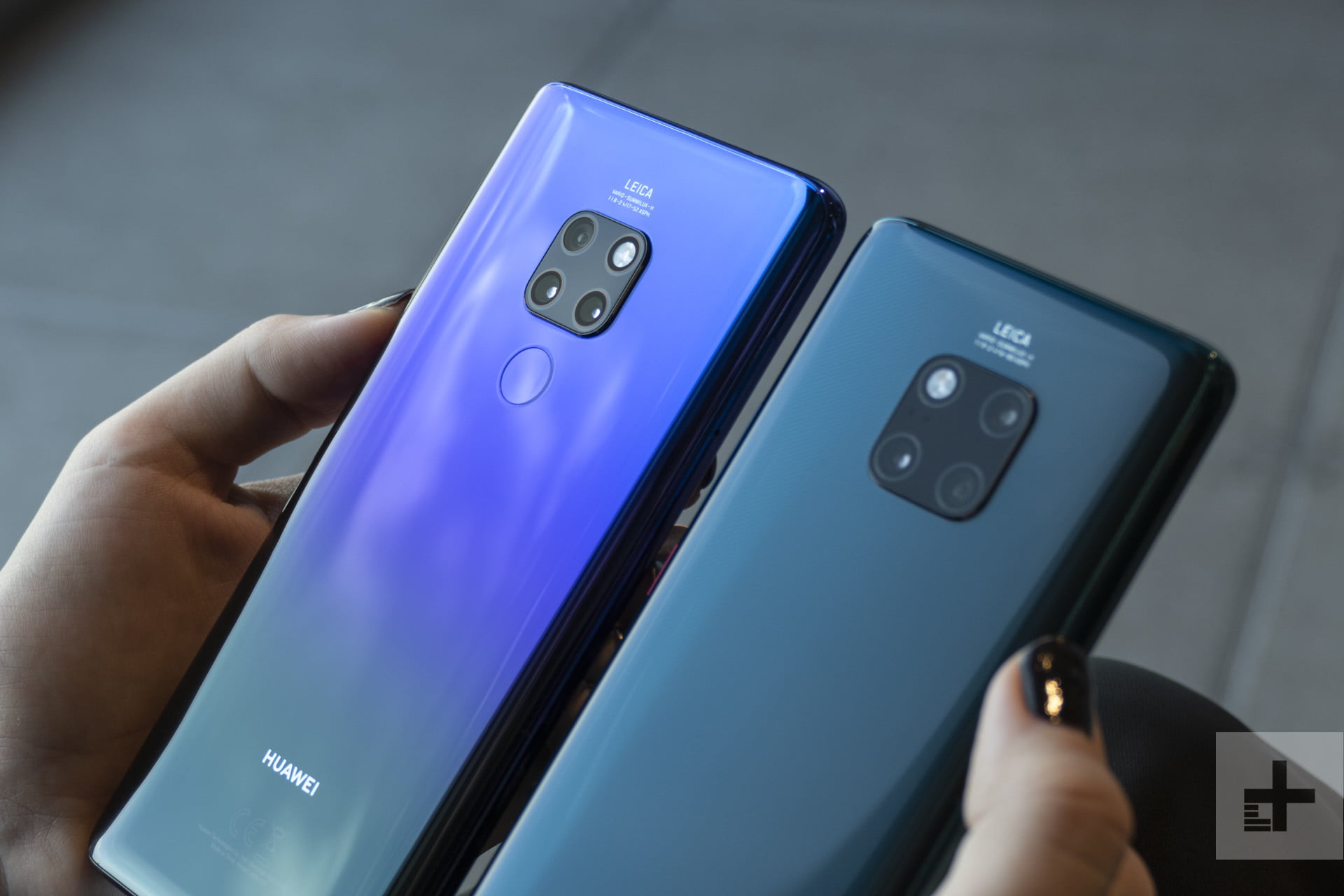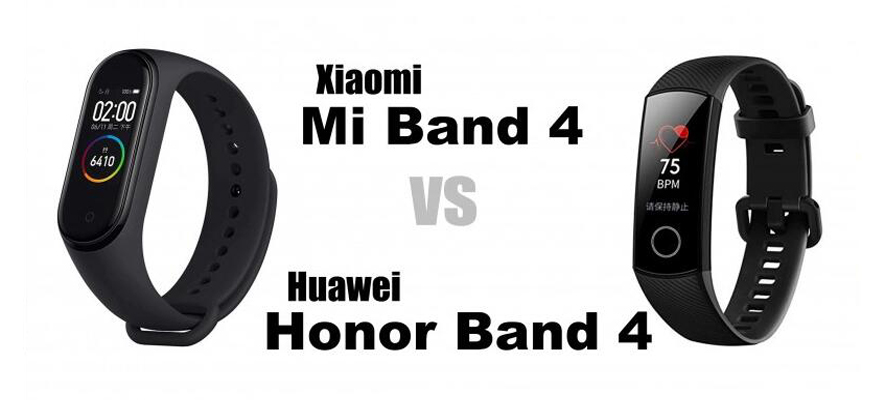Local Storage seems to be disabled in your browser.
For the best experience on our site, be sure to turn on Local Storage in your browser.
This Is the Era of 4K
If you've been looking for a camera recently you'll probably have seen the term '4K video' plastered on shop displays and even written on the labels stuck on the front of products. 4K is a video specification that literally just means '4,000'. The name 4K comes from the fact that there are roughly four thousand pixels on the horizontal side, which gives 4K four times as high a resolution as 1080p, which is what we normally mean today when we describe a screen as "Ultra HD".
You've probably already noticed the jump from pre-digital 'standard definition' television up to 'HD' and 'Full HD' services that are now available on digital TV, online streaming and Blu-Ray discs. Compared to earlier standards, this HD footage is detailed, crisp and it even looks good when viewed on a large TV. But even the best quality, '1080p' HD footage is only 1920 pixels across. 4K is significantly more detailed, since it has twice as many pixels horizontally, and four times as many pixels in total.
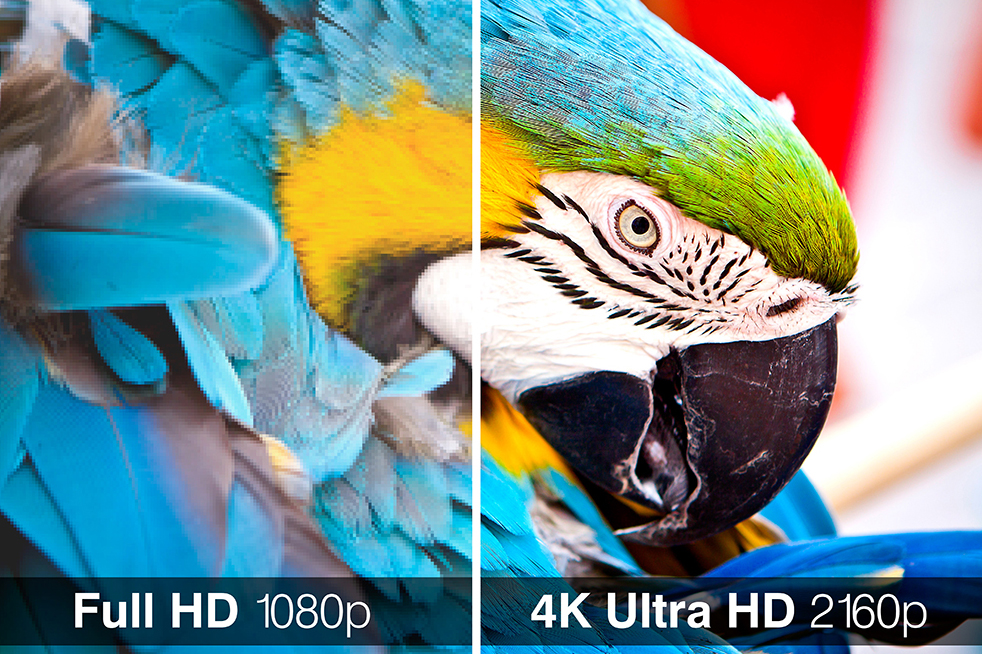
The name 4K is used to describe a couple different, though very similar, standards. The form you're most likely encounter is Ultra High Definition or UHD, the new standard for 4K television. 4K video is poised to become the new benchmark for both recording and watching video and it brings a whole host of benefits, right away.
4K can take more clarity in your video, let’s see the difference between in details between various video resolutions via the images below.
Standard Definition (480p)

High Definition / HD (720p)

Full HD (1080p)

4K

With the advent of 4K resolution, who still want to watch that crunchy, mushy low-resolution content today? As a content creator you're always better off getting ahead of the trend. If you want to shoot Ultra HD pictures or videos, you should upgrade your camera to a 4K-capable model. The obvious reason to make the switch to 4K is to future-proof your work. Are you ready for 4K?



